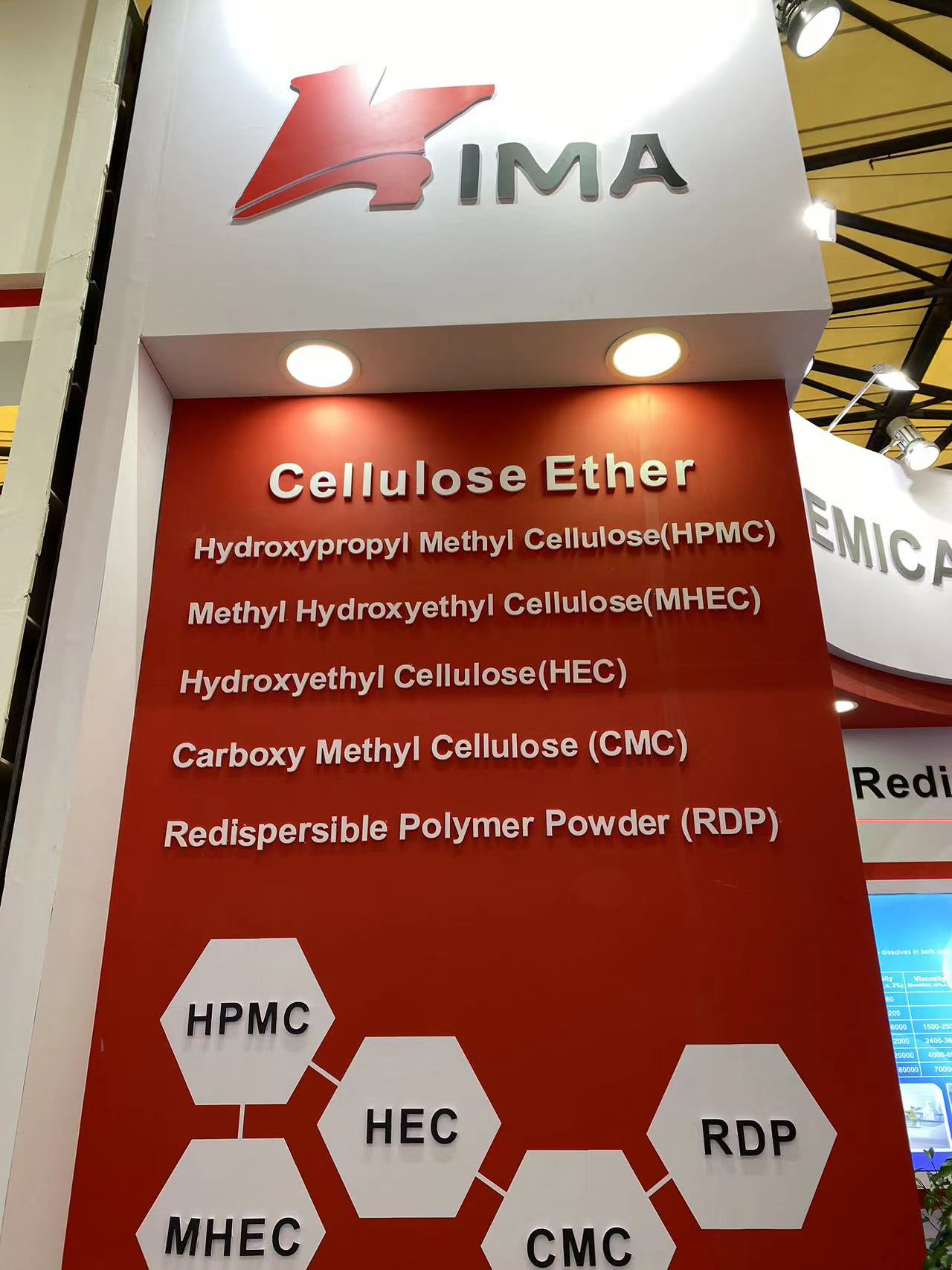HPMC for Baked goods
HPMC for Baked goods
Hydroxypropyl Methyl cellulose (HPMC) is commonly used in baked goods to improve texture, moisture retention, shelf life, and overall quality. Here’s how HPMC is utilized in the production of baked goods:
1 Texture Improvement: HPMC acts as a texture modifier, enhancing the softness, crumb structure, and mouthfeel of baked goods. It helps to create a tender and moist texture, particularly in products like bread, cakes, and muffins, by retaining moisture and preventing staling.
2 Water Retention: HPMC has excellent water-binding properties, which help to retain moisture in baked goods during and after baking. This moisture retention extends the freshness of the products, preventing them from drying out too quickly and maintaining their softness and chewiness over time.
3 Volume Enhancement: In yeast-raised baked goods such as bread and rolls, HPMC can improve dough handling properties and increase dough volume by strengthening the gluten network. This results in better dough rise and a lighter, more airy texture in the finished products.
4 Stabilization: HPMC acts as a stabilizer in baked goods, helping to maintain the structural integrity and prevent collapse during baking. It provides support to delicate structures like cakes and soufflés, ensuring that they maintain their shape and height throughout the baking process.
5 Gluten Replacement: In gluten-free baked goods, HPMC can be used as a substitute for gluten to improve texture and structure. It helps to bind ingredients together, trap air during mixing, and create a more cohesive dough or batter, resulting in gluten-free products with better volume and crumb.
6 Fat Replacement: HPMC can also function as a fat replacer in baked goods, reducing the total fat content while maintaining the desired texture and mouthfeel. It mimics some of the lubricating and moisture-retaining properties of fat, allowing for the production of lower-fat or healthier baked products.
7 Dough Conditioning: HPMC improves dough handling properties by providing lubrication and reducing stickiness. This makes it easier to work with dough during shaping and forming, resulting in more uniform and consistent products.
8 Extended Shelf Life: By improving moisture retention and texture, HPMC helps to extend the shelf life of baked goods, reducing the rate of staling and maintaining freshness for a longer period. This is particularly beneficial for packaged and commercially produced baked products.
9 Clean Label Ingredient: HPMC is considered a clean label ingredient, as it is derived from natural cellulose and does not raise concerns about food safety or regulatory compliance. It allows manufacturers to formulate baked goods with transparent and recognizable ingredient lists, meeting consumer demand for clean label products.

Hydroxypropyl Methylcellulose (HPMC) plays a crucial role in enhancing the quality, texture, and shelf life of baked goods. Its multifunctional properties make it a versatile ingredient for improving dough handling, moisture retention, volume, and structure in a wide range of baked products. As consumer preferences shift towards healthier, clean label options, HPMC offers an effective solution for producing baked goods with improved texture, taste, and nutritional profiles.